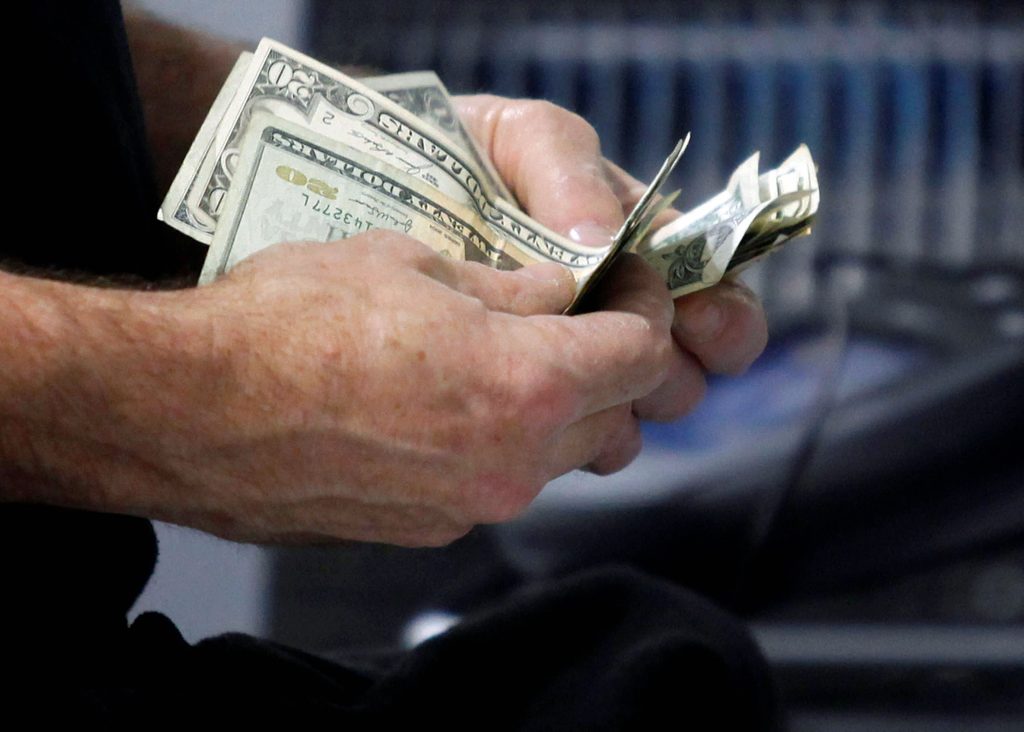
U.S. stock index futures declined early on Thursday morning, as the S&P 500 prepares to wrap its worst first half in decades.
Futures contracts tied to the Dow Jones Industrial Average shed 295 points, or 1%. S&P 500 futures slipped 1.1%, and Nasdaq 100 futures pulled back by 1.2%.
Healthcare stocks pulled the market lower Thursday after Universal Health Services issued second quarter earnings and revenue guidance below expectations, citing lower patient volumes. Shares fell almost 6% in the premarket. Centene, Abiomed and PerkinElmer also lost about 5% each.
Home furnishings chain RH saw shares drop about 9% after it issued a profit warning for the full year. Other home retailers Wayfair and Williams-Sonoma followed them lower, losing more than 4% each.
“The combination of slowing growth, fading EPS prospects, and ongoing monetary tightening has been weighing on equity sentiment for months and is causing consternation again this morning,” wrote Adam Crisafulli of Vital Knowledge.
The Dow and S&P 500 are on track for their worst three-month period since the first quarter of 2020 when Covid lockdowns sent stocks tumbling. The tech-heavy Nasdaq Composite is down more than 20% over the last three months, its worst stretch since 2008.
The S&P 500 is also on track for its worst first half of the year since 1970, which has been dominated by myriad factors pressuring markets. Those include surging inflation, Federal Reserve rate hikes, Russia’s ongoing war on Ukraine and Covid-19 lockdowns in China – all of which have helped fuel fears of a coming global recession.
Loading chart…
A surge in bond yields earlier in the year and historically pricey equity valuations sent tech stocks tumbling first, as investors rotated out of growth-oriented areas of the market. Rising rates makes future profits — like those promised by growth companies — less attractive.
The tech-heavy Nasdaq has been hit especially hard this year. The index is now more than 30% below its Nov. 22 all-time high. Some of the largest technology companies have registered sizeable declines this year, with Netflix down 70%. Apple and Alphabet have each lost roughly 22%, while Facebook-parent Meta has slid 51%.
The core personal consumption expenditures price index, the Fed’s preferred inflation measure, rose 4.7% in May, the Commerce Department reported Thursday. That’s 0.2 percentage points less than the month before, but still around levels last seen in the 1980s. The index was expected to show a year-over-year increase of 4.8% for May, according to Dow Jones.
The Federal Reserve has taken aggressive action to try and bring down rampant inflation, which has surged to a 40-year high.
Federal Reserve Bank of Cleveland President Loretta Mester told CNBC that she supports a 75 basis point hike at the central bank’s upcoming July meeting if current economic conditions persist. Earlier in June, the Fed raised its benchmark interest rate by three-quarters of a percentage point, which was the largest increase since 1994.
Some Wall Street watchers are worried that too-aggressive action will tip the economy into a recession.
“We do not believe the stock market has bottomed yet and we see further downside ahead. Investors should be holding elevated levels of cash right now,” said George Ball, chairman of Sanders Morris Harris.
“We see the S&P 500 bottoming at around 3,100, as the Federal Reserve’s aggressive, but necessary inflation-fighting measures are likely to depress corporate earnings and push stocks lower,” he added.
On Wednesday the Dow advanced 0.27% for its first positive day in three. The S&P 500 and Nasdaq Composite both posted a third straight negative day, declining 0.07% and 0.03%, respectively.
On the economic data front, weekly jobless claims will be in focus Thursday. Economists surveyed by Dow Jones are expecting 230,000 first-time filers. Personal income and spending data will also be released.

